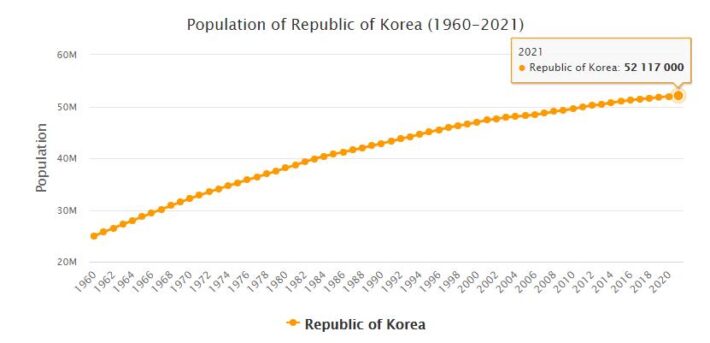Yearbook 2012
South Korea. Hundreds of journalists at three state-funded media companies, a news agency and two TV companies, launched strikes at the beginning of the year in protest of censorship from corporate management. They claimed that critical reporting on President Lee Myung Bak was stopped. The strikes lasted for several months.
The ruling Great National Party (GNP) changed its name to Saenuri in February. The name change was assumed to be an attempt to strengthen the cards for upcoming elections. The Speaker of Parliament, Park Hee Tee, who belonged to the ruling party, resigned a few days later after prosecutors opened an investigation into allegations that he had used bribes to be elected to the post in 2010.
Saenuri managed to retain its majority in the National Assembly by a small margin when elections were held in April. The victory was seen as a personal triumph for party leader Park Geun-hye. She had managed to distance the party from President Lee’s government, which was increasingly unpopular, mainly because of corruption scandals and attempts to control the media as well as the growing gaps between poor and rich. However, the biggest opposition party, which since 2011 called itself the Democratic United Party (DUP), failed to take advantage of the dissatisfaction with the government.
- AbbreviationFinder.org: Provides most commonly used acronyms and abbreviations for South Korea. Also includes location map, major cities, and country overview.
In July, President Lee apologized to the people for a corruption scandal involving his own brother, who was recently arrested along with several other high-ranking politicians and officials.
Saenuri appointed a candidate for the presidential election in August Park. In a statement, she later publicly apologized to those who suffered from the oppression when her father, Park Chung Hee, was president in 1961-79.
In September, the DUP appointed former human rights lawyer Moon Jae In, chief of staff under President Roh Moo Hyun in the 1990s, as his candidate.
The election held in December resulted in a victory for Park, which received close to 52% of the vote and became the first woman to be elected president of South Korea.
December
Prohibition of distributing leaflets in North Korea
December 14
The South Korean parliament adopts a law that makes it a criminal offense to distribute leaflets with regime-critical messages on North Korean soil. The leaflets have often been sent into North Korea using hot air balloons or via watercourses. In the past year, Pyongyang has strongly protested against such leaflets, and the explosion of the Inter-Korean Liaison Office was said to be a way to force South Korea to take action against such leaflets. It will also be forbidden to spread USB sticks and money on North Korean soil. The leaders of North and South Korea decided at the 2018 summit in Panmunjom to stop the distribution of leaflets, something that residents of both countries have done.
November
Asian countries form record trade cooperation
November 15
15 countries in Asia and the Pacific region sign the RCEP (Regional Comprehensive Economic Partnership) trade agreement. The members are some of the world’s largest economies: China, Japan, South Korea, Australia and New Zealand, as well as ten Southeast Asian countries, and together they account for almost a third of the world’s total GDP. The cooperation needs to be ratified by nine countries, of which six are ASEAN members, in order to enter into force. India participated for a long time in the negotiations, but chose to withdraw in 2019 due to concerns about the consequences for domestic production. The United States stands outside the RCEP, which has been seen as a Chinese response to the major US trade initiative TPP, which when Washington withdrew from 2017 was renamed the CPTPP.
Population 2012
According to countryaah, the population of South Korea in 2012 was 50,822,982, ranking number 27 in the world. The population growth rate was 0.510% yearly, and the population density was 522.7100 people per km2.
